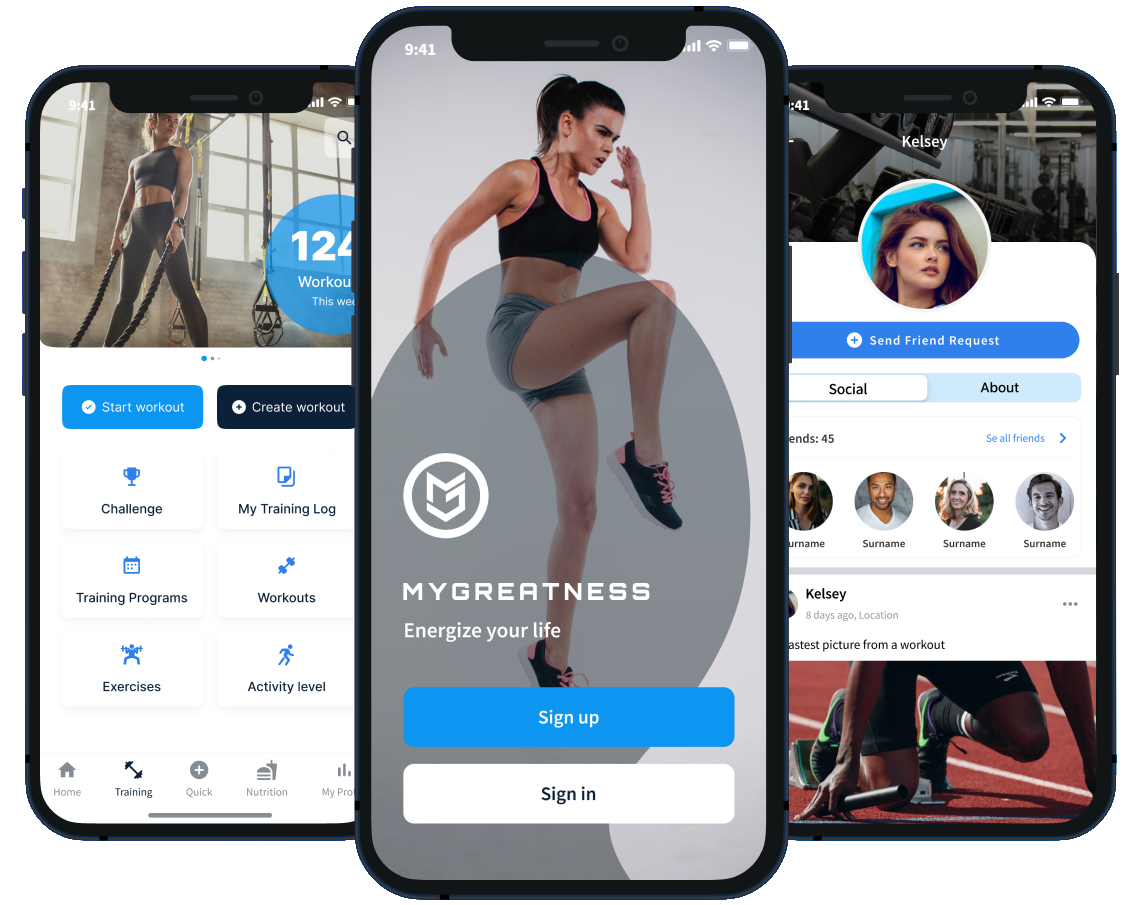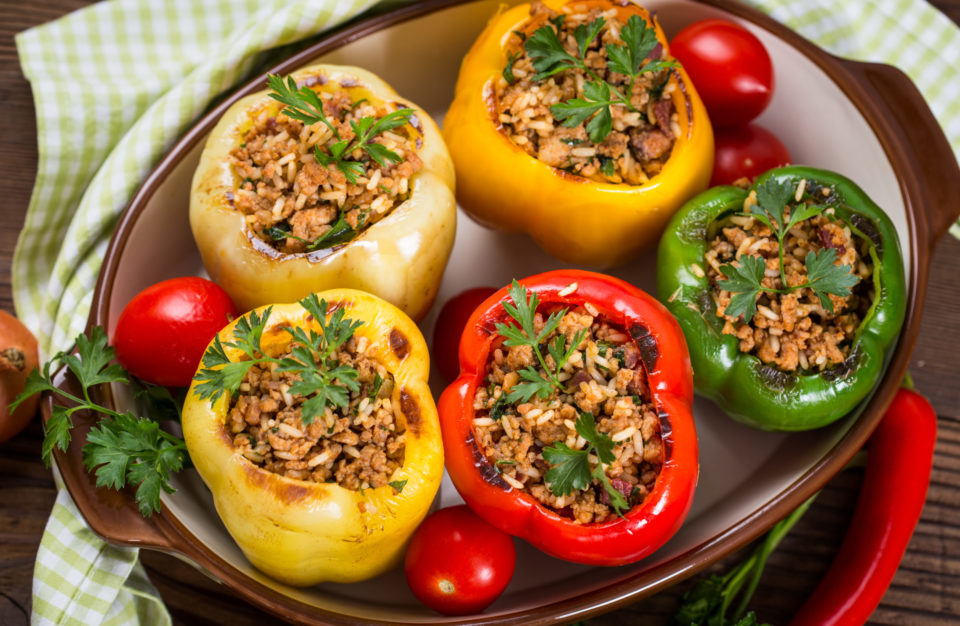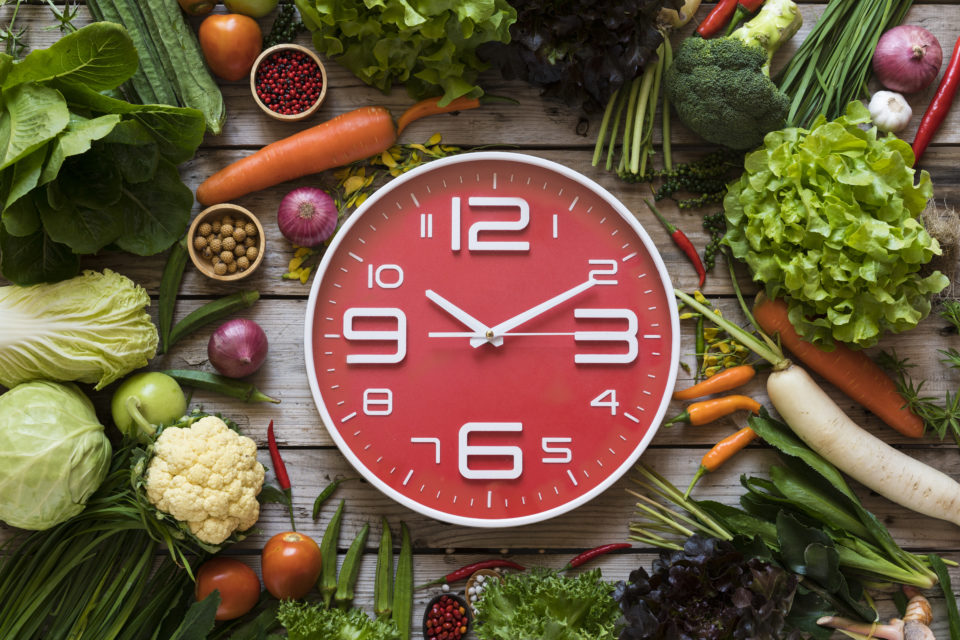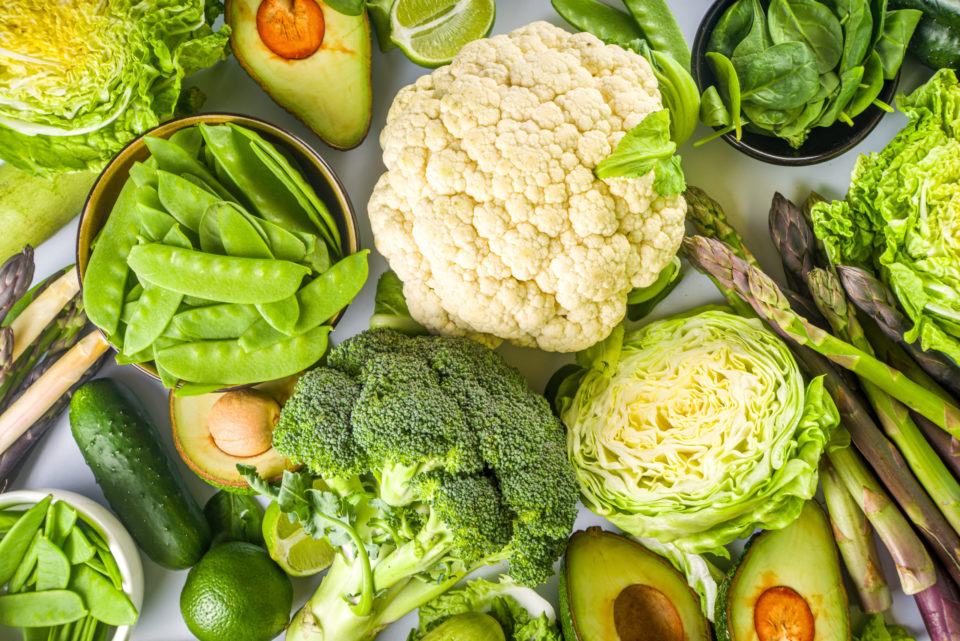There are several varieties of a vegetarian diet. All include vegetables, but sometimes other foods are also included:
- Vegan diet – no foods from the animal kingdom
- Lacto-vegetarian diet – dairy products included
- Lacto-ovo-vegetarian diet – eggs and dairy products included
- Demi-vegetarian diet – fish, eggs, and dairy products included
In addition to the classic variants above, new concepts have emerged in recent years, such as Flexitarian, where the goal is to eat a more vegetarian diet, and Stockholm vegetarian, which means eating a vegetarian diet with seafood elements, in some cases also poultry.
Eating large amounts of fruit and vegetables means, in addition to being better for both the wallet and the environment, also that you get plenty of vitamins, minerals, and dietary fiber. According to the Nordic Nutrition Recommendations (NNR), adults should eat at least 500 grams of vegetables, fruit, and berries every day, and for children, 400 grams. The national survey Riksmaten, which is carried out by the National Food Administration at regular intervals, shows that the majority of Swedes do not reach that goal.
It is not associated with any health risks to cut down on animal foods for adult, healthy individuals as long as you eat varied and get all the nutrients and enough energy. It is instead associated with health benefits if a more significant proportion of the food consists of vegetables. Reasons for this may be that you do not eat red meat and charcuterie and so much saturated fat. Something to be aware of when it comes to saturated fat is that coconut fat (or coconut oil to which coconut fat turns to about 23 degrees) consists of over 90% saturated fat and is not as healthy as advertising often suggests. It is recommended to eat as little saturated fat as possible because it partly does not fulfill any function in the body. It somewhat increases the risk of the “bad” cholesterol, LDL, in the blood being elevated, which in turn means an increased risk of suffering from cardiovascular disease.
When you eat a mixed diet, you can eat according to the plate model if you eat a vegetarian diet. The smallest part of the plate, which constitutes the protein-rich foods, consists of legumes, soy products, Quorn, or eggs if you eat a lacto-ovo-vegetarian diet. You do not have to worry about not getting enough protein if you eat vegetarian, not even if you exercise a lot. You are concerned about optimizing the opportunities for good muscle growth. Plants are also good sources of protein – especially legumes.






